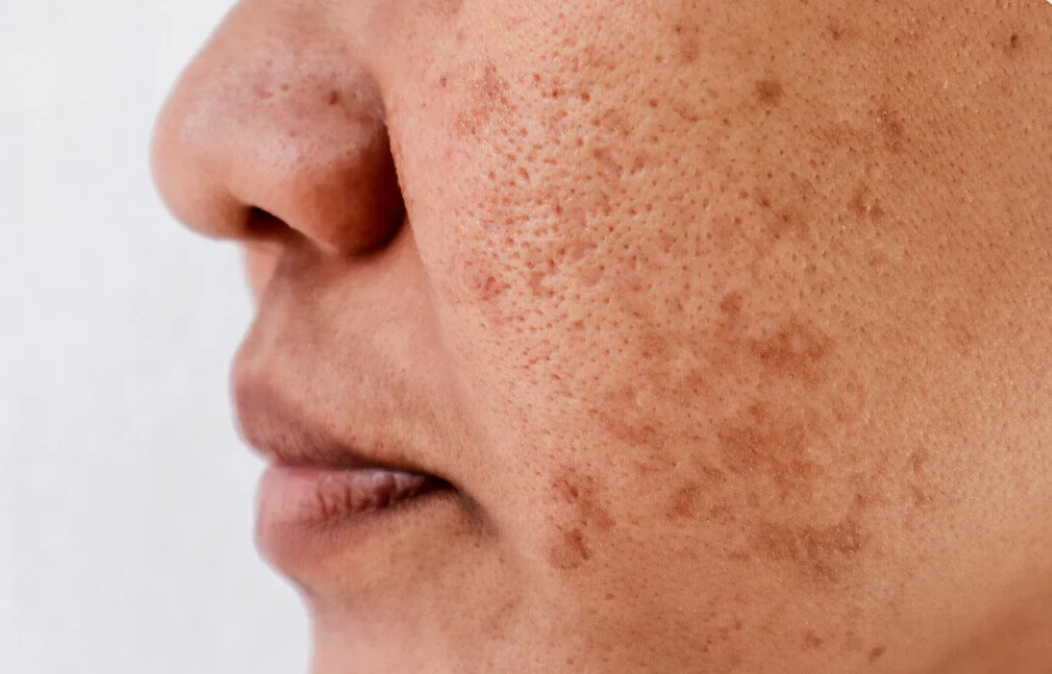Scars are marks left on the skin after an injury, surgery, or skin condition like acne. They form as part of the natural healing process when the skin produces collagen to repair the damaged tissue. The appearance of a scar can depend on various factors, including the severity of the injury, the skin type, and the healing process.
Types of Scars:
- Hypertrophic Scars: Raised, thickened scars that form when there is excessive collagen production during healing. They remain within the boundaries of the original injury.
- Keloid Scars: Similar to hypertrophic scars but more pronounced, extending beyond the wound site. These can become larger over time and are more common in people with darker skin.
- Atrophic Scars: Depressed or indented scars caused by a loss of tissue. These are often seen with acne scars, chickenpox scars, or injuries where tissue is lost.
- Contracture Scars: Often result from burns and cause the skin to tighten, potentially restricting movement due to the pulling of the skin around the wound.
Factors Influencing Scar Formation:
- Depth and size of the wound: Deeper, larger wounds often result in more noticeable scars.
- Location: Scars on areas with more tension (e.g., joints) or areas prone to movement can be more noticeable or may stretch.
- Skin type: People with darker skin tones may be more prone to developing keloids, while those with lighter skin may have more noticeable red or pink scars.
- Infection: Infection during healing can worsen scarring.
- Age and genetics: Younger skin tends to heal faster but may form more visible scars, while older skin may scar more slowly.
Treatment Options:
- Topical treatments: Silicone gels, corticosteroid creams, or vitamin E oils can help reduce scar visibility.
- Laser therapy: Helps to reduce redness and improve the texture of scars.
- Microneedling: Promotes collagen production to help improve the appearance of scars.
- Surgical revision: In severe cases, surgery may be performed to reduce the size or appearance of a scar.
- Chemical peels or dermabrasion: Remove the top layers of skin to improve the look of surface scars.
Preventing Scars:
- Proper wound care: Clean the wound, avoid infection, and protect it with a bandage.
- Sun protection: Scars can darken with sun exposure, so applying sunscreen can help prevent discoloration.
- Moisturizing: Keeping the skin moisturized can promote faster healing and reduce scarring.
Scars are a natural part of the body’s healing process, but if they become bothersome or severe, treatments are available to help reduce their appearance.

